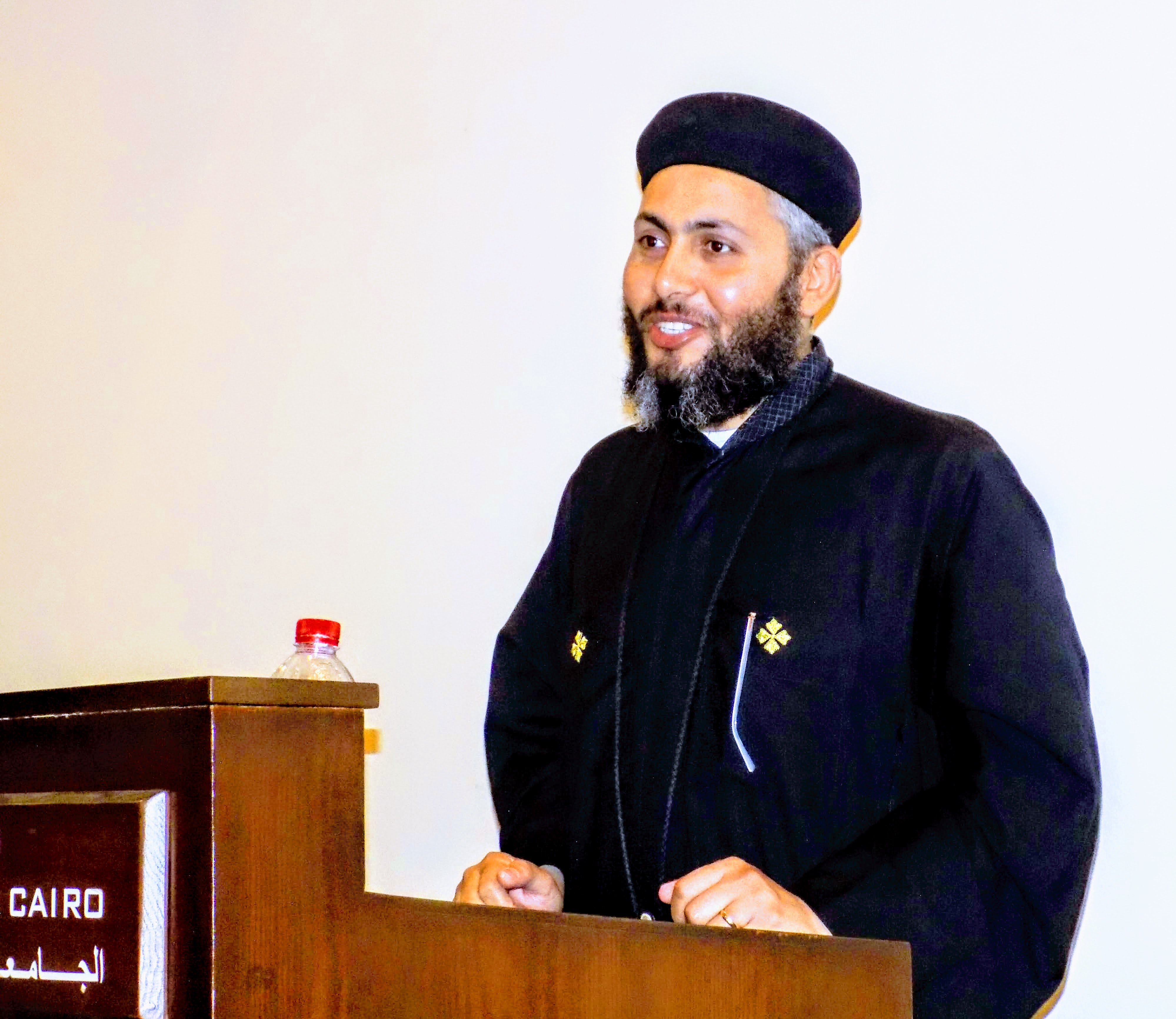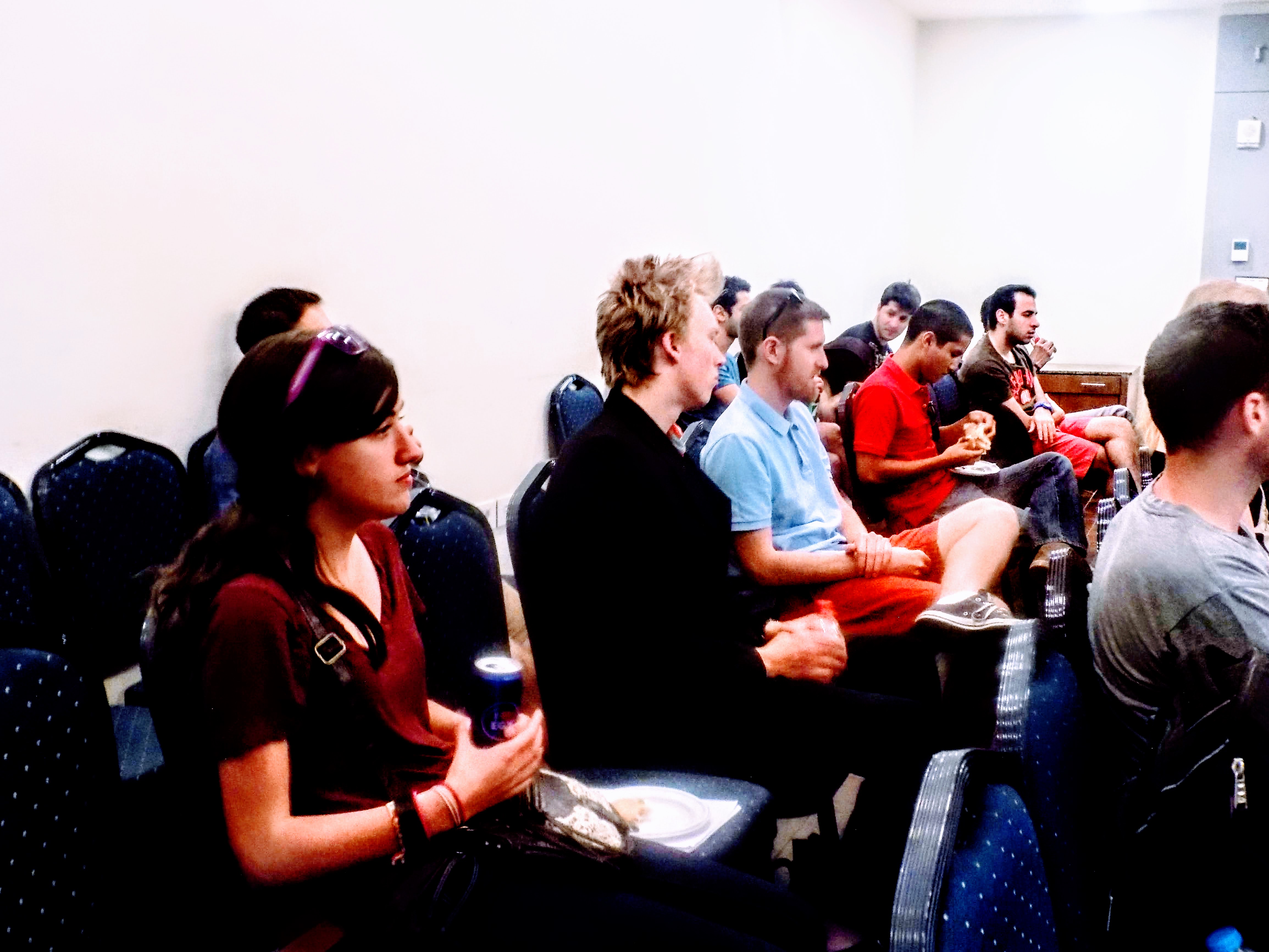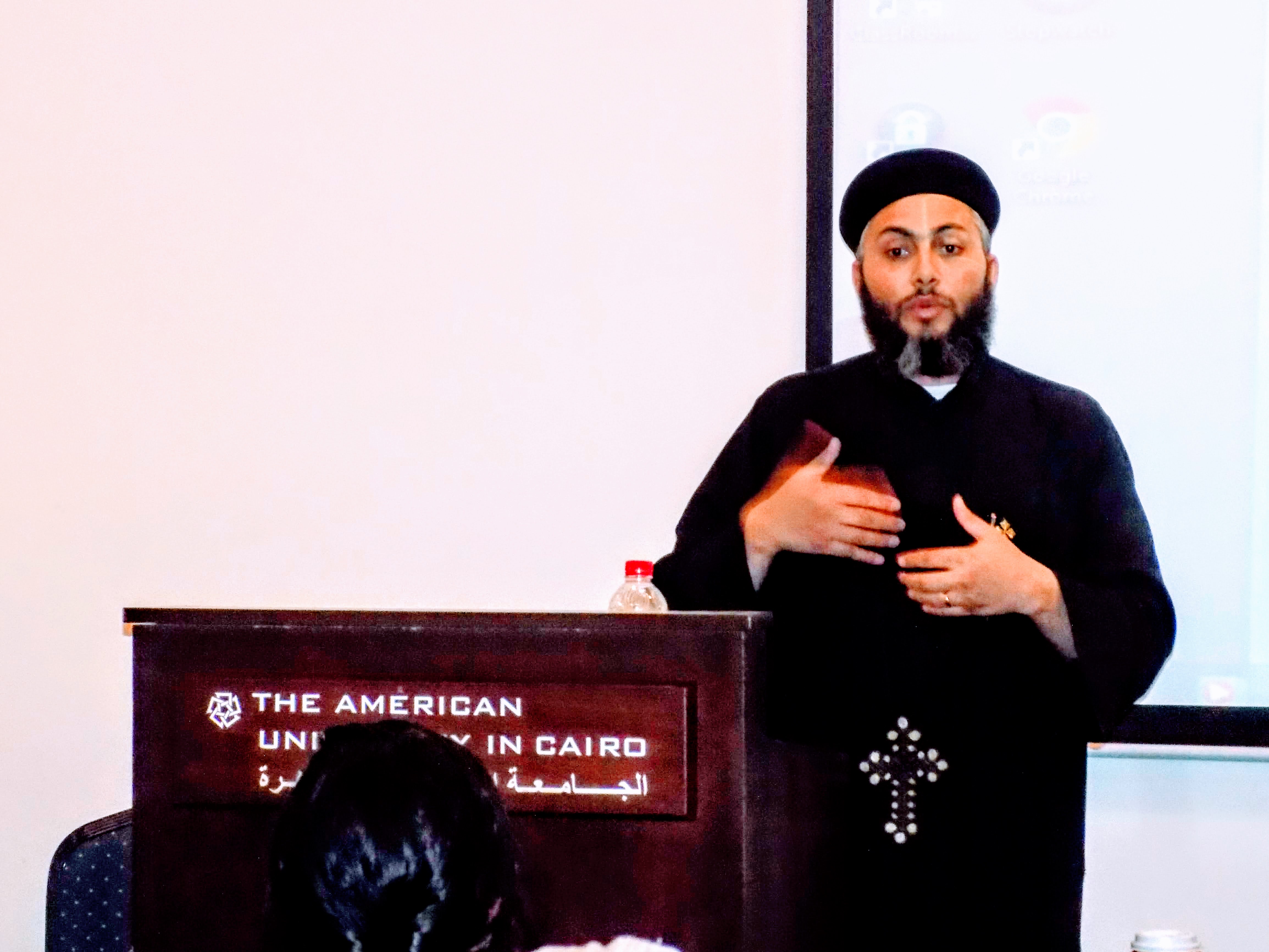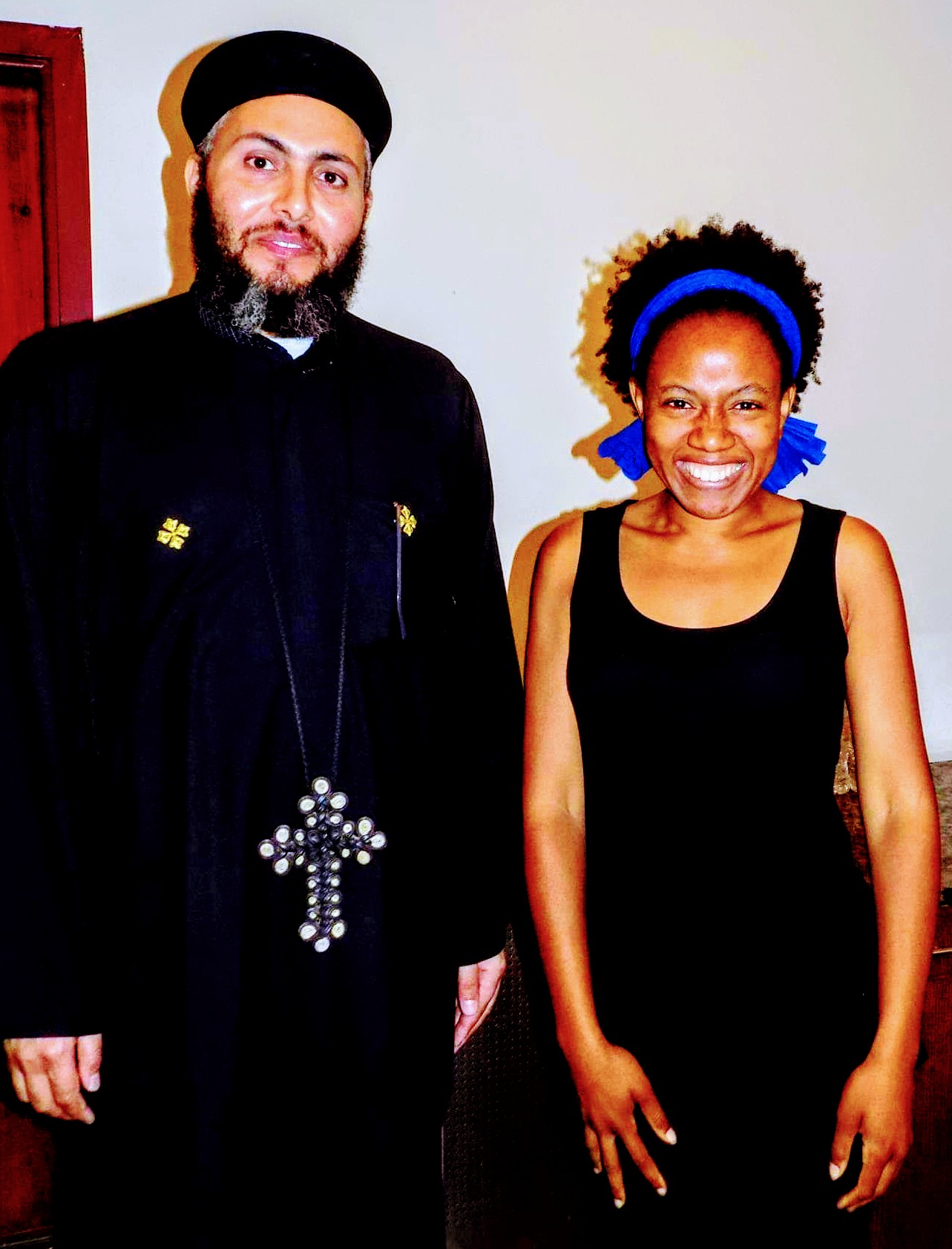The Coptic Christian community in Cairo, Egypt is one of the diversities to Egyptian heritage and culture. In language, customs, and their unique performance of the Christian faith in Egypt, they bring a unique vibe to the nation state of Egypt. Furthermore, they establish a special color to the Christian faith, in general. If you are Christian, and you travel the world, you will not find another culture within Christianity, that is like it. In fact, there is something so fantastically captivating, and engaging about Egypt’s Coptic traditions.
One of my sacred journeys in Cairo, Egypt pertains to my interaction with the Coptic Christian community. Off campus, I had attended a Christmas celebration of a prominent Coptic Church in Zamalek, next to the former American University In Cairo hostel. Of course, that’s for another story. Nevertheless, one of the beauties, pertaining to this sacred culture is the language. Beautiful and aesthetically pleasing, indeed.
On that day, May 17, 2017, I had the pleasure of attending a lecture at the American University In Cairo on the history and culture of Coptic Cairo. A Coptic priest had presided over the lecture for that day. Listening to the history of Coptic Christian Egypt was an auspicious time. Looking around that particular lecture hall, I glanced at the faces of international and Egyptian students, alike. Their expressions were more than priceless. Engaged. Attentive. Filled with the yearning and engagement of learning. Whatever was being stated about Coptic Christian his/herstory had clearly grabbed the attention of the attendees.


The her/history of Coptic Egypt was presented with stories of dignity and honor. Desires to preserve one’s culture, and to stand firm in one’s faith, during times of persecution, was captivating. Let’s also not forget the power of creativity, and the use of language as a means of self-preservation.
There was great nourishment in hearing the stories of Coptic Christian communities in Egypt. As always, I was eager to hear the presence of Coptic Christian women; the same as I do with any culture. What is it about the women, concerning the culture and religious tradition? What is the spiritual essence and creativity within Coptic Christian communities of Egypt? From their role as educators, mothers, mentors, professionals, and other titles, I often wondered about their particular cultural of womanhood. Granted, I have interacted with Coptic women. I have also gone to church with some. Nevertheless, there is still a yearning from my end, to know more. A desire to be cradled within this particular tradition of the Christian faith. Like the Virgin Mary, how do they continue to protect, and serve, the teachings of Christ in their daily lives? Among, and within, Egyptian society.

The Coptic Christian community has a his/herstory of oppression throughout their existence since the Byzantine period. Nevertheless, they are here. They are present, and they are beautiful. Continuing to keep the laws and the traditions before them, there is a unique essence about their presence. They are considered to be the largest representation of Christians in the MENA region. Their practice of the Christian faith, illuminates an aura, reflective during the time of Christ. Those ancient, cultural traditions are alive. What is phenomenal about Coptic Christians is how they are able to remind Christians in European, North American, and other non-MENA/African domains, of those rich traditions. Adding further dynamics to the Christian realm of spirituality, and healing.
The presence of international students, at this lecture, meant that a sharing of knowledge had taken place. After their journey at the American University In Cairo, that knowledge would be dispersed, wherever they were in the world. Just as with any tradition, it was important for international students to hear the words of Coptic representation and customs. Hearing the her/history of Coptic culture meant that there was recognition of their presence. Giving them authority to speak the words of their very own culture and traditions. Such is the epitome of respecting a people, group, or religious entity. Affirming their own existence, and using their physical presence, as the living proof of their Being.



There was one specific point in the lecture, which further grappled my attention. A brief moment, by the Coptic priest signified the importance of the feminine in the Coptic Christian, spiritual tradition. That point was in reference to the Virgin Mary. What was magical about that particular component is how the guest lecturer connected it to Christian traditions in the “Western world.” It brought a euphoric entity in allowing international students, in attendance, to see themselves within the Coptic community. Highlighting that feminine component within their culture revealed the significance of the feminine presence.


The seminar provided great reflection. There was much to think about. Clearly, conversations could not end there. Further research was needed for inquiring minds, interested in this other culture, which paints Egyptian soiling. Making it clear that the teachings of Christianity, via way of the Apostle Mark, left their footsteps in Egyptian landscapes; stemming from the city of Alexandria. Furthermore, the seminar gave additional affirmations to the Coptic Christian community at the American University in Cairo. Whether it be security guards, professors, students, secretaries, athletic coaches, or other staff, they are present within these campus gardens. Coptic Christians at the American University in Cairo, provide another wonder of Egyptian soiling. Being vigilant on campus, and Coptic lectures, assisted international, and Egyptian, students with the opportunity to learn more about this community of Egyptians. Upon leaving campus domains, many may not have the time or opportunity to fully immerse with this particular culture. That’s what made this so sacred. Further illuminating the beauty and warmth of Egypt’s Coptic Christian community. It was another stroke in the painting of Egypt’s landscapes, her/history book, and overall sculpting of its culture. Adding more love to the scent and color of Egypt’s palettes; and the people, who paint them.



